From now on we use “Grisettes” as a colloquial term to refer all the ringless Amanita species (Amanita sect. Vaginatae). Their species level determination, based on macroscopic features only, is anything but easy and except for a few characteristic species, rather impossible. Thankfully there are a few features that help to recognise them as one of the Grisettes.
All the Grisettes are medium or big size agarics (mushrooms with distinct cap, gills and stem), their cap is smooth (except Snakeskin Grisette (Amanita ceciliae) which has thick velar greyish patches on it, and a few other species in this group), margin of their cap is striated, gills are white to cream coloured, there is no ring or skirt around their stem which could be either smooth, covered with a snakeskin-like pattern or with small flakes. Their stem is cylindrical or slightly tapering towards the top of the stem (apex), their volva is saccate (looks like a sac) and very often remains in the soil if you try to pick it.
Although they are considered edible, caution must be taken if foraging for this mushroom as it can look similar to a Deathcap (Amanita phalloides) or another toxic member of the genus.
Home / Mushroom Guide /
Grisettes
Grisettes
| Mushroom Type | |
| Common Names |
Grisettes |
| Scientific Name |
Amanita sect. Vaginatae |
| Season Start |
Jul |
| Season End |
Oct |
| Average Mushroom height (CM) |
8-15 |
| Average Cap width (CM) |
4-12 |
Please note that each and every mushroom you come across may vary in appearance to these photos.
Cap
The cap of all Grisettes starts ovate but will flatten out, usually retaining an umbo. The colour of the cap is really variable, from almost pure White to Beige, Brown or Grey, with a darker centre and striations at the edge of the cap in line with the gills below.
Most of the Grisettes don’t usually have any remains of the volva sticking to the cap.
Gills
The gills are generally White, but sometimes they could be Cream coloured too. They are crowded and usually free of the stem although they can be adnexed, (slightly joined to the stem).
Stem
The colour of the stem is mostly rather similar to the cap’s colour. It is very often smooth, but sometimes it could have a snakeskin pattern on. Commonly cylindrical, but can be tapering slightly towards the apex (top of the stem).
Habitat
Associated with different broadleaved and coniferous trees, in some locations with small shrubs or herbaceous plants.
Possible Confusion
The Deathcap (Amanita phalloides), pictured, can look similar but has a skirt, this is not however a reliable form of ID as the skirt can be missing or damaged.
The Tawny Grisette (Amanita fulva) is very similar but is a tan/orange colour.
The Orange Grisette (Amanita crocea) is an orange colour and is usually larger.
Frequency
Not common.
Other Facts
Although Amanita vaginata is called the Grisette, there is no consensus on what exact species we should call Amanita vaginata, so this page depicts the general aspects of close lookalike species in Amanita section Vaginatae.
Despite Grisettes being edible we do not recommend them for novices, because they can easily be confused with other Amanitas (incl. toxic species) and most of the Grisettes do not have a remarkable taste so unless you are desperate and 100% sure of the identification they are best left alone.



 (17 votes, average: 3.59 out of 5)
(17 votes, average: 3.59 out of 5)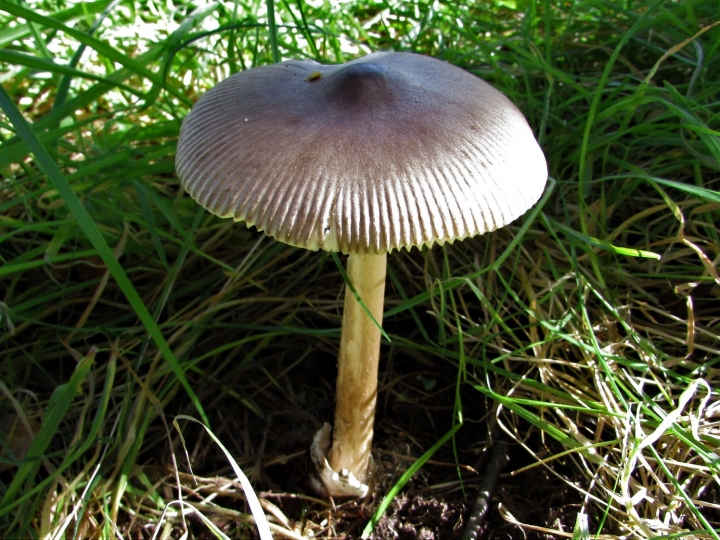
















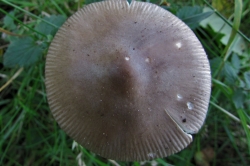
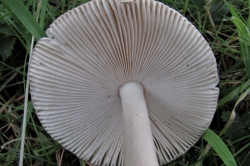
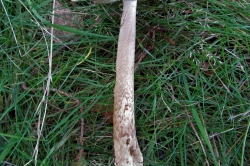
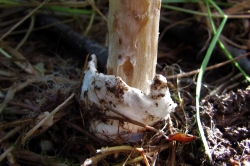
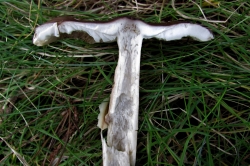
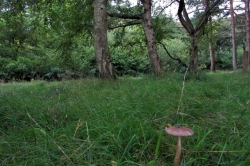
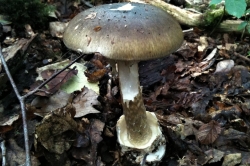
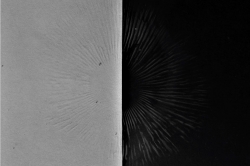
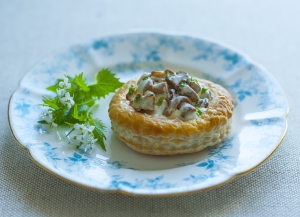
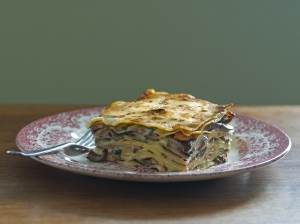
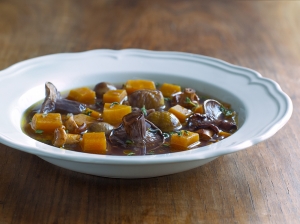
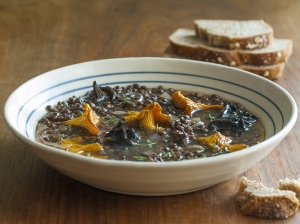
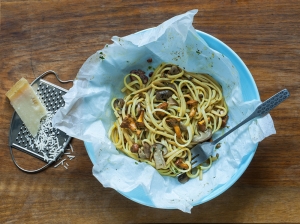
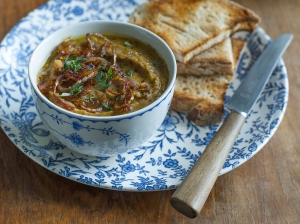
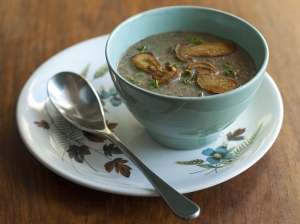






Leave a Reply